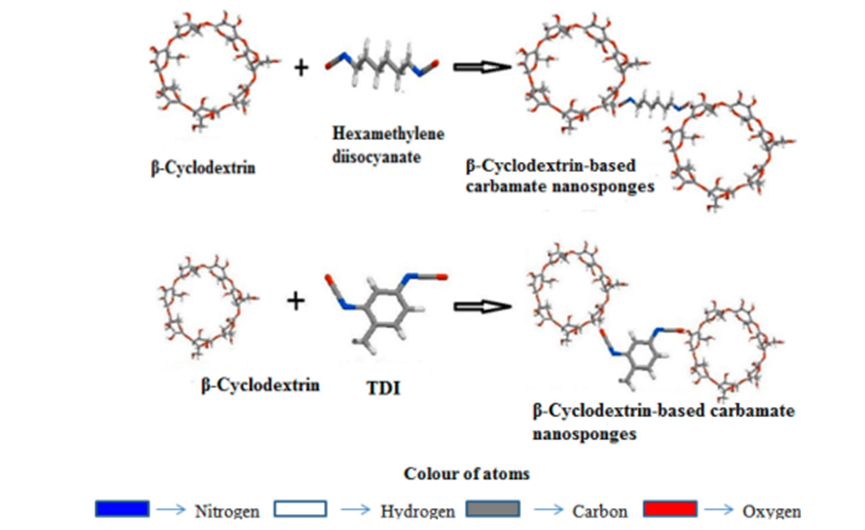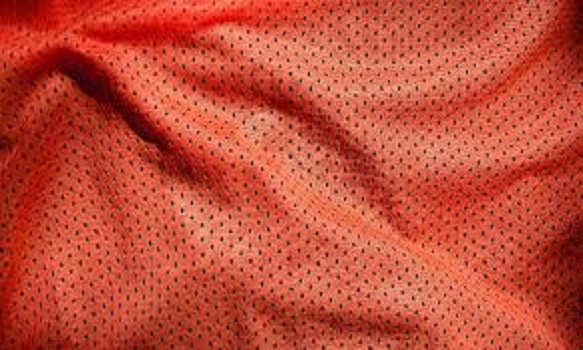Cyclodextrins: α-cyclodextrin, β-cyclodextrin, and γ-cyclodextrin
Description
Since the first publication of cyclodextrins (CDs) in 1891 and the first patent in 1953, many technological advances have occurred, and the application of CDs has expanded[1]. According to Szejtli, CDs have been used over the years in many diverse areas and are identified, among all the receptor molecules, as the most important.
Synthesis and Isolation Methods
CDs are obtained through the enzymatic degradation of potatoes, corn, and rice starch, which gives a mixture of linear, branched, or cyclic dextrins. Initially, the starch glucopyranose linear chain's cyclization reaction occurs by the cyclomaltodextrin-glucanotransferase (CGTase), produced for example by Bacilus firmus. This step results in a mixture of α-CD, β-CD, and γ-CD, composed of six, seven, and eight units of D-(+)-glucopyranose, respectively, joined by α-1,4 bonds. Subsequently, the separation and purification of these three CDs are required. Among the methods used for this purpose, the most simple and widely used to isolate α-, β- and γ-CD is selective precipitation, forming inclusion complexes with an appropriate guest molecule—for example, α, β, and γ-CD crystallize with 1-decanol, toluene, and cyclohexadec-8-en-1-one, respectively. However, separation is relatively expensive, making the entire synthesis process expensive.
α-, β- and γ-CD
Cyclodextrins (CDs) are cyclic oligosaccharides of six or more α-1,4-linked glucose units. CDs of 6, 7, and 8 α-d-glucose residues are called α-, β-, and γ-CD, respectively. CDs possess a hydrophilic exterior and a hydrophobic interior[2].
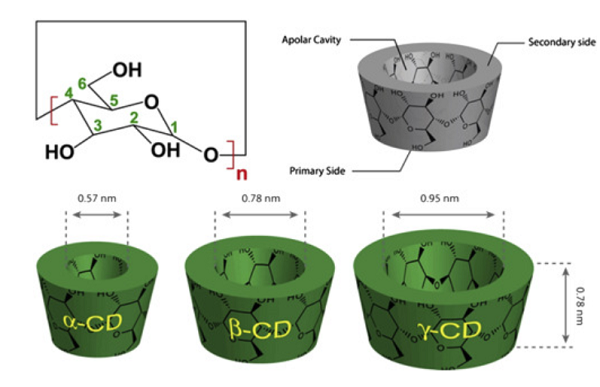
α-cyclodextrin is a non-reducing cyclic saccharide comprised of six glucose units linked by alpha-1,4 bonds. It is produced by cyclodextrin glucosyltransferase (CGTase) on hydrolyzed starch syrups at neutral pH and moderate temperatures. β-cyclodextrin is a cyclic heptamer composed of seven glucose units joined “head-to-tail” by α-1,4 links. γ-cyclodextrin is a ring-shaped molecule of eight glucose units linked by alpha-1,4 bonds[3].
α-cyclodextrin, β-cyclodextrin, and γ-cyclodextrin are naturally occurring compounds derived from the degradation of starch by the glucosyltransferase enzyme (CGTase). They are formed naturally from bacteria and synthetically. The annular (or doughnut-shaped) structure provides a hydrophobic cavity that allows the formulation of inclusion complexes with various non-polar organic molecules of appropriate size. The hydrophobic nature of the outer surface of the cyclic structure makes the compounds water-soluble. The hydrophobic cavity and the hydrophilic outer surface form the basis for its use in the food industry.
References
[1] Fabricio Maestá Bezerra. “The Role of β-Cyclodextrin in the Textile Industry-Review.” Molecules (2020).
[2] Saha, B. D. Jordan and R. J. Bothast. “Enzymes, Industrial (overview).”Encyclopedia of Microbiology (Third Edition) (2009): 281-294.
[3] Rossi, Lois . "Alpha-cyclodextrin, Beta-cyclodextrin, and Gamma-cyclodextrin; Exemption from the Requirement of a Tolerance.".
You may like
Related articles And Qustion
See also
Lastest Price from β-Cyclodextrin manufacturers
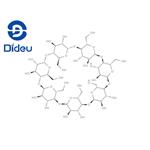
US $0.00-0.00/KG2025-11-27
- CAS:
- 7585-39-9
- Min. Order:
- 1KG
- Purity:
- 98
- Supply Ability:
- 10000KGS
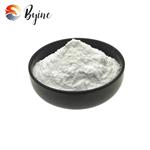
US $150.00/kg2025-11-25
- CAS:
- 7585-39-9
- Min. Order:
- 1kg
- Purity:
- 99%
- Supply Ability:
- 20tons


